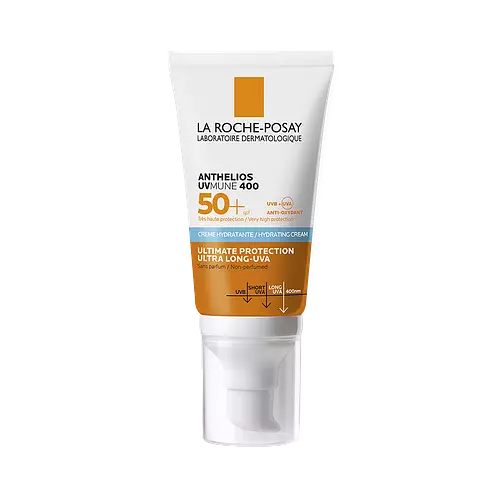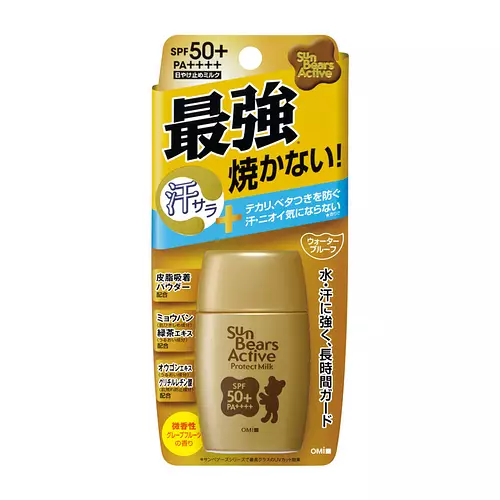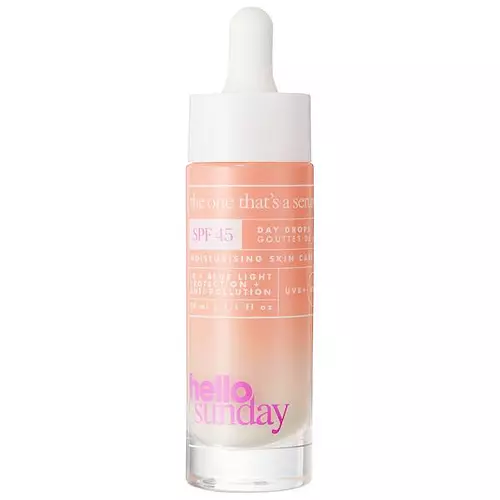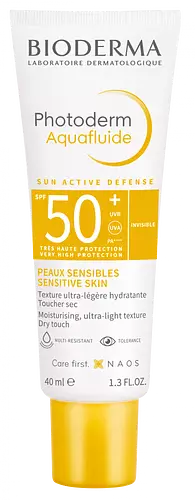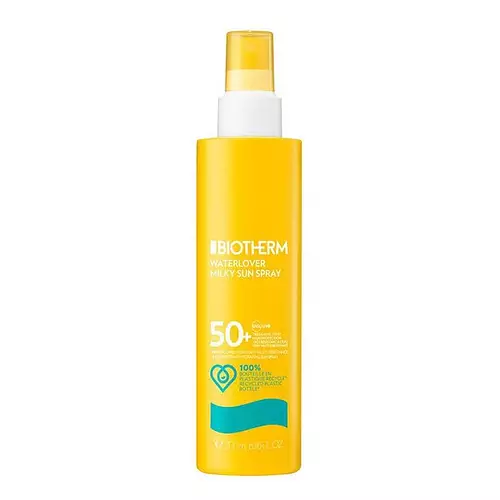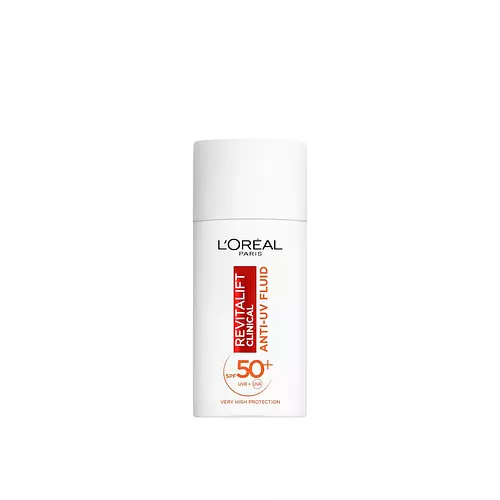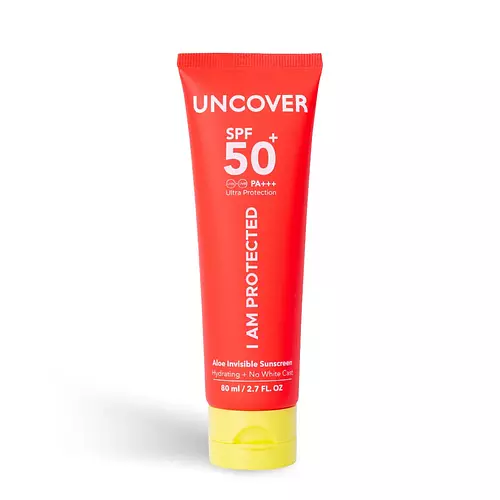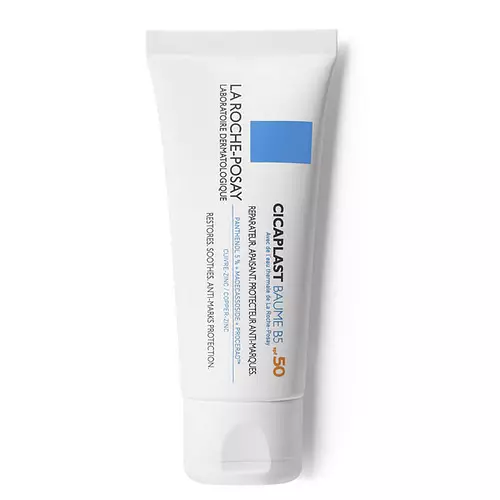La Roche-Posay Anthelios UVMune 400 Hydrating Cream SPF50+ Sun Cream Versus OMI Menturm Sun Bears GOLD Active Milk Sunscreen SPF 50++++
Updated on October 08, 2023
Overview
What they are
These products are both sunscreens. They have a total of 4 ingredients in common
Cool Features
They both contain exfoliants, SPF and Vitamin E
Suited For
They're both likely to be good for brightening skin
Free From
They both do not contain any common allergens, oils or sulfates
What's Inside
They both contain silicones
We independently verify ingredients, and our claims are backed by peer-reviewed research. Spot a product that needs an update? Let us know.
Ingredient Info
La Roche-Posay Anthelios UVMune 400 Hydrating Cream SPF50+ Sun Cream 26 ingredients
OMI Menturm Sun Bears GOLD Active Milk Sunscreen SPF 50++++ 27 ingredients
At a glance
Click on any of the items below to learn more
La Roche-Posay Anthelios UVMune 400 Hydrating Cream SPF50+ Sun Cream 26 ingredients
OMI Menturm Sun Bears GOLD Active Milk Sunscreen SPF 50++++ 27 ingredients
Notable Ingredients
This product contains 7 ingredients that may have this attribute:
This product contains 1 ingredient that may have this attribute:
This product contains 1 ingredient that may have this attribute:
Benefits
This product contains 2 ingredients that may have this attribute:
This product contains 1 ingredient that may have this attribute:
This product contains 1 ingredient that may have this attribute:
This product contains 2 ingredients that may have this attribute:
Concerns
This product contains 1 ingredient that may have this attribute:
This product contains 1 ingredient that may have this attribute:
This product contains 3 ingredients that may have this attribute:
This product contains 4 ingredients that may have this attribute:
This product contains 2 ingredients that may have this attribute:
Notable Ingredients
This product contains 2 ingredients that may have this attribute:
This product contains 2 ingredients that may have this attribute:
This product contains 1 ingredient that may have this attribute:
This product contains 1 ingredient that may have this attribute:
Benefits
This product contains 2 ingredients that may have this attribute:
This product contains 1 ingredient that may have this attribute:
Concerns
This product contains 1 ingredient that may have this attribute:
This product contains 1 ingredient that may have this attribute:
This product contains 1 ingredient that may have this attribute:
This product contains 3 ingredients that may have this attribute:
Ingredients Side-by-side
Ingredients Explained
These ingredients are found in both products.
Ingredients higher up in an ingredient list are typically present in a larger amount.
Water. It's the most common cosmetic ingredient of all. You'll usually see it at the top of ingredient lists, meaning that it makes up the largest part of the product.
So why is it so popular? Water most often acts as a solvent - this means that it helps dissolve other ingredients into the formulation.
You'll also recognize water as that liquid we all need to stay alive. If you see this, drink a glass of water. Stay hydrated!
Learn more about WaterDipropylene Glycol is a synthetically created stabilizer and solvent. It is a part of the glycol class in the alcohol family.
Dipropylene Glycol helps dissolve and evenly distribute ingredients. It also helps decrease viscosity and thin out texture.
As a masking agent, Dipropylene Glycol can be used to cover the smell of other ingredients. However, it does not have a scent.
Studies show Dipropylene Glycol is considered safe to use in skincare.
Learn more about Dipropylene GlycolSilica is a mineral naturally found in our skin. It helps to thicken and smooth the texture of a product. It also acts as an agent for other ingredients by increasing the absorption of other ingredients into the skin.
Silica is often used for absorption and can help reduce shine when products are applied. Silica occurs in naturally in materials like clay and sandstone, and it can also be produced synthetically.
Silica is present naturally within the skin during collagen production and when reducing inflammation.
Learn more about SilicaDiethylamino Hydroxybenzoyl Hexyl Benzoate (DHHB) is a chemical UVA absorber. It is formulated for high UVA protection (320-400 nm).
DHHB is well-liked for:
DHHB has been approved by the EU, Japan, Taiwan, and South America for use up to 10%. Unfortunately, it has not been approved for use in the US or Canada due to slow regulatory processes.
This ingredient is soluble in oils, fats, and lipids.
It is an UV absorber. UV absorbers are an agent that absorbs UV rays to protect your skin. They use chemical reactions to convert UV rays into heat and energy.
Learn more about Diethylamino Hydroxybenzoyl Hexyl BenzoateIngredient Ratings
Here's what our community thinks of the ingredients in these products.
When to use
La Roche-Posay Anthelios UVMune 400 Hydrating Cream SPF50+ Sun Cream 26 ingredients
OMI Menturm Sun Bears GOLD Active Milk Sunscreen SPF 50++++ 27 ingredients

Reviews
Here's what our community thinks
La Roche-Posay Anthelios UVMune 400 Hydrating Cream SPF50+ Sun Cream 26 ingredients
Luciana
Okay if there is no other alternative
This used to be my go-to sunscreen because I couldn't any other affordable option in my country (Spain). It...
Okay if there is no other alternative
This used to be my go-to sunscreen because I couldn't any other affordable option in my country (Spain). It always stung my eyes and recently it started to leave me a burning sensation in my skin if I applied it without any other product before. Also very shiny finish but I didn't dislike it.
